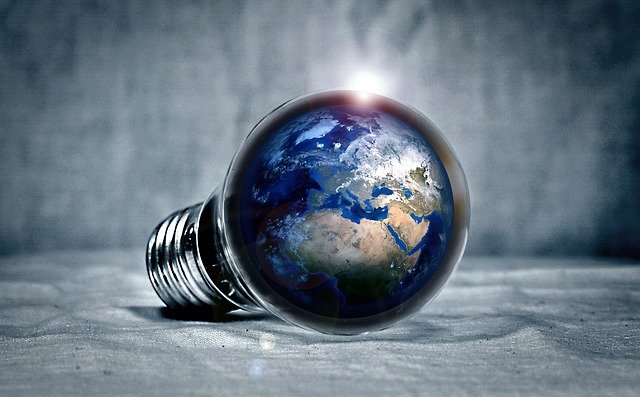
World stumbling into a new era of risk, concludes SIPRI report
World leaders are failing to prepare for a new era of complex and often unpredictable risks to peace as profound environmental and security crises converge and intensify, according to a major report by the Stockholm International Peace Research Institute (SIPRI). The report, Environment of Peace: Security in a New Era of Risk, offers policymakers principles and recommendations for navigating this volatile future. It will be launched today in a special session before the opening of the ninth Stockholm Forum on Peace and Development.
Download the Environment of Peace report.
Environment of Peace provides the most comprehensive account to date of how different aspects of environmental crisis—including climate change, mass extinctions and resource scarcity—are interacting with today’s darkening security horizon and other phenomena such as the fallout of the Covid-19 pandemic. It also offers governments and other decision-making bodies recommendations for action, and principles to guide them.
‘Our new report for policymakers goes beyond simply showing that environmental change can increase risks to peace and security. That’s established,’ said SIPRI Director and Environment of Peace author Dan Smith. ‘What our research reveals is the complexity and breadth of that relationship, the many forms it can take. And most of all, we show what can be done about it; how we can deliver peace and security in a new era of risk.’
More than 30 researchers from SIPRI and other institutions contributed to the Environment of Peace report, guided by a panel of international experts on environment and security led by Margot Wallström, the former Swedish Foreign Minister and European Commissioner for the Environment.
Twin crises, complex risks
The report paints a vivid picture of the escalating security crisis. For example, it notes that between 2010 and 2020 the number of state-based armed conflicts roughly doubled (to 56), as did the number of conflict deaths. The number of refugees and other forcibly displaced people also doubled, to 82.4 million. In 2020 the number of operationally deployed nuclear warheads increased after years of reductions, and in 2021 military spending surpassed $2 trillion for the first time ever.
Regarding the environmental crisis, around a quarter of all species are at risk of extinction, pollinating insects are in rapid decline and soil quality is falling, while exploitation of natural resources such as forests and fish continues at unsustainable levels. Climate change is making extreme weather events such as storms and heatwaves more common and more intense, reducing the yield of major food crops and increasing the risk of large-scale harvest failures.
The report illustrates some of the complex ways that these two crises are starting to interact around the world; for example:
- In Somalia, where prolonged drought and other climate change impacts, combined with poverty, lack of preparedness and weak government, have driven people into the arms of the extremist group al-Shabab.
- Across the Sahel, where drought and the expansion of farmland to feed a growing population are pushing farmers and nomadic herders into competition over access to resources such as land and water, and this competition often turns violent.
- In Central America, where the impact of climate change on crops combined with violence and corruption increased the number of people attempting to migrate to the securitized US border.
- In the Middle East and North Africa, where in the early 2010s, failure of the Russian grain harvest due to a climate change-linked heatwave combined with the impacts of a US biofuels policy to raise the price of bread, exacerbating tensions that led to the Arab Spring series of uprisings across the Middle East and North Africa.
‘These examples show clearly that it’s much more complex than environmental degradation leading to conflict,’ said Environment of Peace expert panellist Chibeze Ezekiel, Coordinator of the Strategic Youth Network for Development in Ghana. ‘At the start of the Arab Spring in 2011, a climate change impact in one continent and a well-intentioned renewable energy policy in another combined with existing unrest in a third to increase the risks of conflict—nobody had seen that combination coming.’
Information Source: Read More
ENERGY | ELECTRIC POWER | NATURAL GAS | AUTOMOTIVE | CLIMATE | RENEWABLE | WIND | TRANSITION | LPG | OIL & GAS | SOLAR | ELECTRIC VEHICLES| BIOMASS | SUSTAINABILITY | OIL PRICE |


